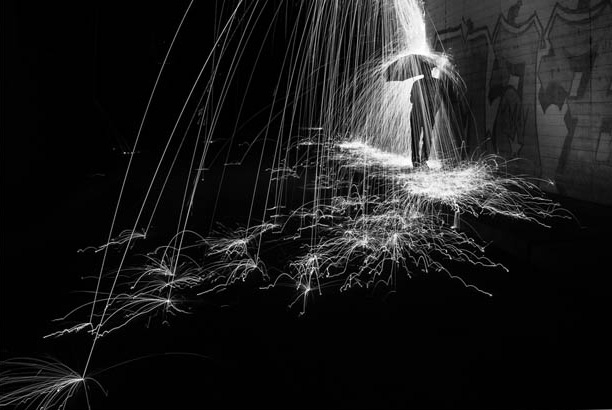How to read a photograph
"In learning to read, I had to learn that an alien word could be made to yield its meaning by considering the sentences that hem it in."
This picture is of a light-skinned boy. A girl several shades darker is in the background. The boy is dressed in the same long-sleeved T-shirt he had worn the day before, maybe the day before that too. The girl’s body is partly visible from behind, clad in a teal shirt. His lips are slightly parted, hands blurry in motion. Sh…




